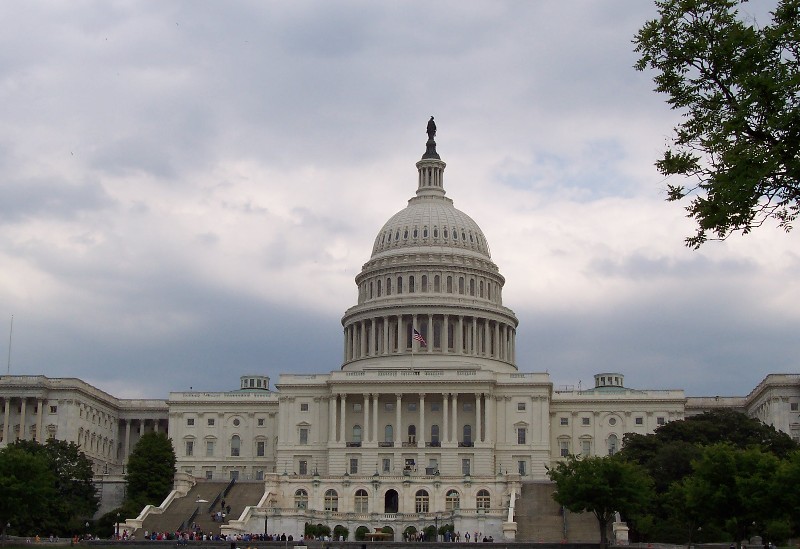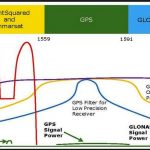The chairman of the Federal Communications Commission (FCC) told two U.S. Senators in January that his agency could not complete a decision on Ligado Network’s license modification by the end of 2019 because of a late-in-the-year response from a key federal agency.
Senators Mark Warner (D-Virginia) and Marsha Blackburn (R-Tennessee) had urged FCC Chairman Ajit Pai in an October 28 letter to make “a final disposition” regarding Ligado’s request for a license modification before 2019 was up.
Pai responded January 3, telling the lawmakers that he’d submitted a draft order addressing Ligado’s request to the Interdepartment Radio Advisory Committee (IRAC) for its feedback. He did not receive a response until December 6, however, and was unable to issue the decision in time to meet the senators’ deadline.
[Photo: FCC chairman Ajit Pai. courtesy Utah Broadband Advisory Council.]
The IRAC is a body within the National Telecommunications and Information Administration (NTIA), which manages the spectrum used by federal agencies. The NTIA sent a letter to Pai on December 6 saying the agency was “unable to recommend the Commission’s approval of the Ligado applications.”
The IRAC and NTIA played keys roles when Ligado’s predecessor LightSquared first submitted its request to use frequencies allocated for satellite-based systems to build a national terrestrial broadband network. IRAC member agencies participated in tests in 2011 that determined the plan would interfere with the vast majority of GPS receivers. As a result the FCC shelved the proposal indefinitely. Though the firm modified its approach and elected to forego use of its most problematic frequency band, more recent tests indicated the revised plan stilled poses a risk to GPS receivers.
By the time the senators wrote to Pai, a draft order giving Ligado permission to proceed had already been sent to the IRAC, according to a statement by Oaktree Capital Management. Oaktree had written to the board of Inmarsat, a satellite firm with an ongoing but scaled-back deal allowing Ligado to use frequencies licensed to Inmarsat to support its proposed service. Oaktree said Pai’s draft order would approve the license changes Ligado needed, an assertion Ligado CEO Doug Smith underscored during a December 11 episode of the podcast Two Think Minimum.
Inmarsat was being sold and Oaktree, which had a stake in the deal, wanted to see the sale price for Inmarsat boosted to take that renewed income into account. The sale did close but without a Ligado-related improvement in its price. As of late January, the language of the draft order had yet to be made public. In fact the letter from Pai may be the first official acknowledgement that a draft order exists.
Slowing
In the months between when the draft order was submitted and NITA responded, the Pentagon made public a letter from Secretary of Defense Mark Esper saying there were “too many unknowns and the risks are far too great to federal operations to allow Ligado ‘s proposed system to proceed.”
Ligado criticized Esper’s letter in a January 21 filing, asserting that the Department of Defense had not shared earlier test data and DOD’s deputy chief information officer (DCIO) had told the chief of staff of an unnamed member of Congress in 2013 that DOD had “formally signed off on significant aspects of Ligado’s spectrum plan.” The signoff referred to was in the form of an email, a copy of which Ligado attached to its filing — though all mention of to whom it was sent was redacted. The note, which refers to LightSquared requests, is about the firm’s handset spectrum at 1626.5-1660.5 MHz.
The time period of the DIO email is interesting. The initial debate and research triggered by the LightSquared proposal had clarified, perhaps for the first time, how timing data in the GPS signals was being incorporated across US infrastructure. It was around 2013 that GPS emerged as a “cross-sector dependency” for 13 of the 16 infrastructures areas the Department of Homeland Security considered critical to the economy. Though the full context of the 2013 email is somewhat cloudy now, seven years later, one thing is clear. In his June 2019 letter opposing the Ligado proposal, Shanahan said he had conferred with his chief technical and chief information officers. Whatever the discussion was within DOD in 2013, all three DOD officials were in agreement in opposing Ligado in 2019.
With the delay and the letters from NTIA and DOD, the momentum created by the initial discussion of a draft order appears to have slowed — so much so that Ligado is reportedly preparing for the worst.
According to a Wall Street Journal report, Ligado has hired Moelis & Co. to help it prepare for a possible restructuring or recapitalization if its FCC application isn’t resolved soon. A second bankruptcy is a possibility, the report said, citing unnamed sources familiar with the matter.
Pai’s response to Warner and Blackburn was noncommittal. The agency’s staff was “working diligently so that the Commission can make the appropriate decision in this proceeding,” he said, but did not give a timeline.
Pai may not want a timeline — and for that matter neither may Ligado.
The president appoints the FCC chairman. As the election heats up Pai may hesitate to make any controversial moves, especially since the NTIA letter made it clear it was representing the executive branch when it said it could not support the Ligado’s request. Under the circumstances Ligado, if it can manage the financial challenge, may also prefer to wait and see if the election nets it more supporters in either Congress or the White House.






